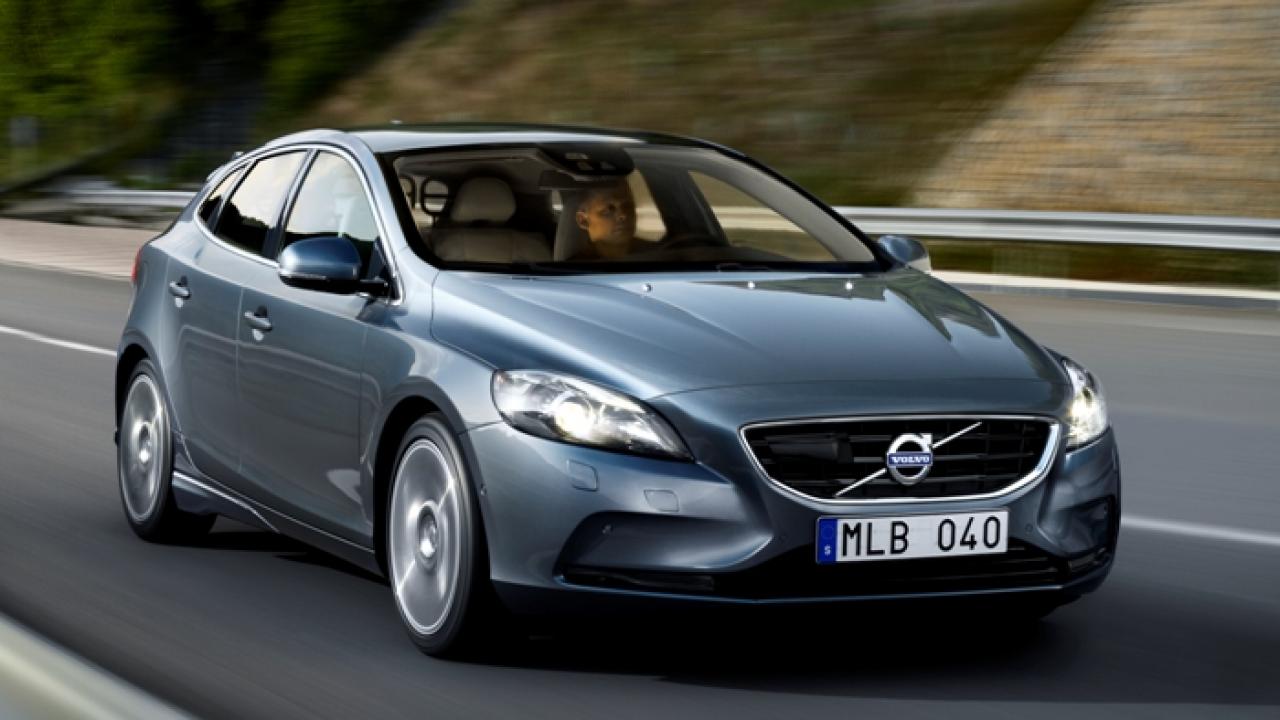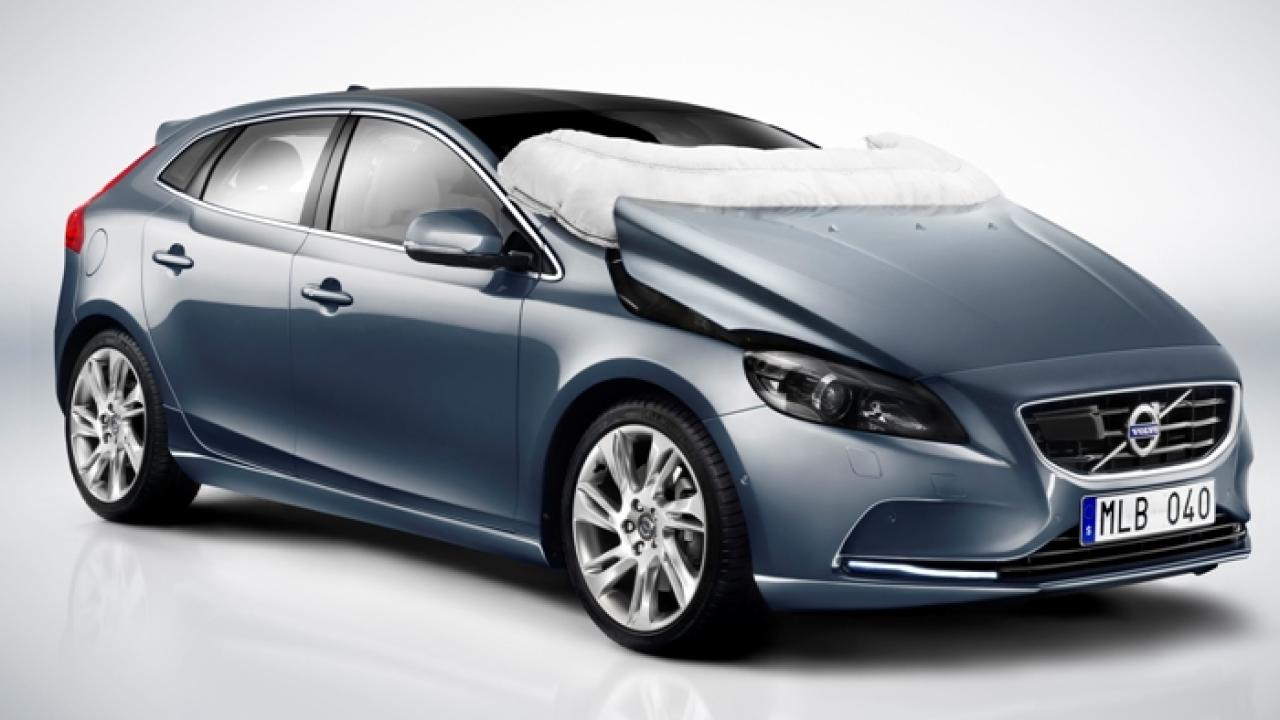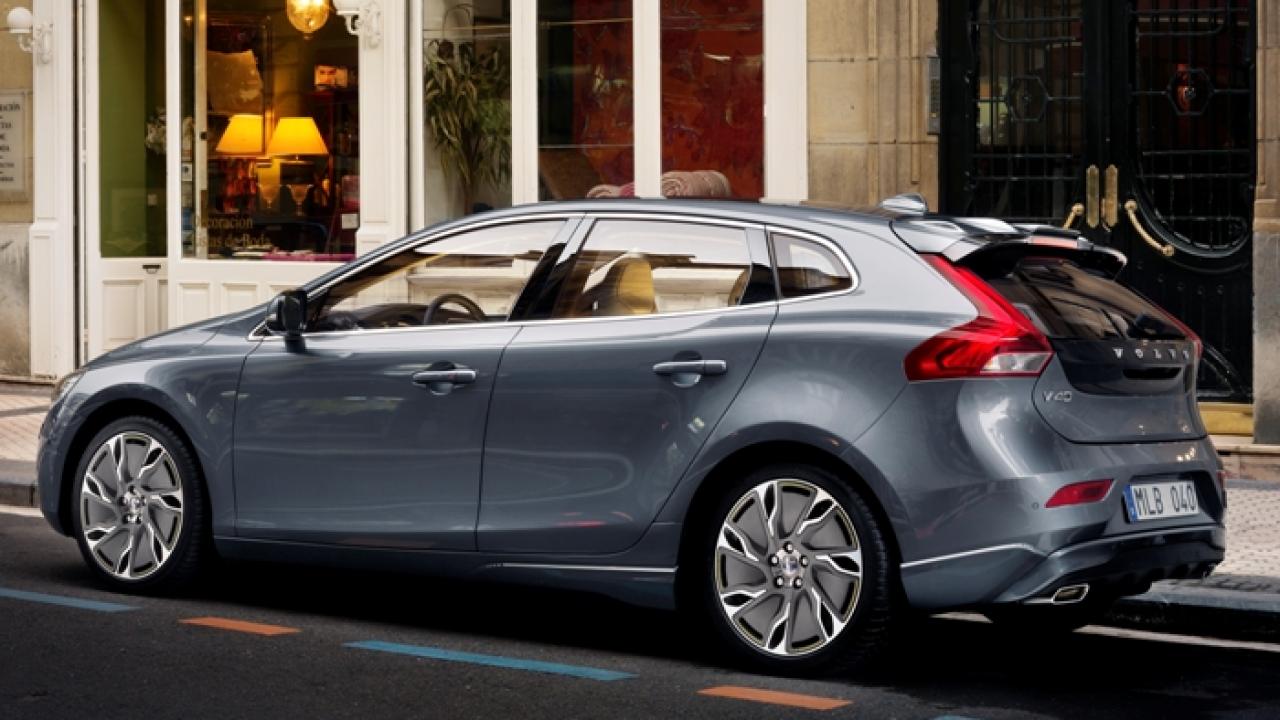New car report; Bags of style.
Road safety is a very serious matter, even more so for pedestrians who will always come off second best if struck by a tonne or two of moving metal. Of late, we’ve seen some very clever avoidance systems, designed to reduce the severity of, or avoid a crash altogether
Volvo have been at the pointy end of R&D of safety-related motor vehicle technologies for decades, with systems such as their City Safety self braking system initially introduced in premium Volvo models, now available in their compact V40 hatch.
Advancing further with pedestrian safety, Volvo’s most recently introduced safety feature is an airbag designed to cushion the blow for a pedestrian if the unfortunate should happen. With the aid of sensors in the front bumper that have the ability to differentiate between a person or a vehicle, the system instantly fires the rear of the bonnet up to minimise pedestrian injury caused by impact with the engine and other hard under-bonnet components.
Pedestrian airbag - a first
A number of competitors have this feature, but Volvo have now taken the technology a step further by introducing an airbag at the trailing edge of the bonnet too, designed to protect pedestrians impacting with the windscreen, roof or “A” pillars, if struck by the vehicle.
OK, so safety features have been Volvo’s raison d’etre since year dot, and we’ve become so used to hearing of yet another new safety system they’ve rolled out, that we’re no longer easily impressed, but an airbag on the outside of the car is something to get a little bit excited about. Mainly because it demonstrates that they’re putting their money where their mouth is, in saying that by 2020 no-one will be killed or seriously injured in a Volvo. It seems that they’re extending their challenge to themselves to include those outside the car too; highly commendable, we say.
Safety aside, the new Volvo V40 is something to get excited about in other areas too. Not in a fire-breathing, adrenalin pumping sort of way, (after all, it’s still a Volvo, so that’s not the intention) but by its beautifully crafted interior, refined cabin ambience and classically elegant design qualities.
As always with Volvo, the seats are comfortable and supportive, and like the rest of the interior, they’re also aesthetically pleasing, with a high class contemporary look about them. All in all, the cabin feels like a calm and serene place to be.
Volvo also recognise that we’re not all the same in our preferences for the atmosphere we prefer around us, so there’s an option for the driver to tailor the interior lighting to various different ambient interior colours, depending on the mood they prefer to create.
Continuing on the personalisation theme, various options and packs are also available, but fathoming which packs are available with which options takes a bit of deciphering – as well as some deep pocket digging if you’re not careful.
Optional befuddlement
For example, there’s an option of adaptive cruise control with collision warning and full automatic braking for $4,590, but it’s only available with a Driver Support Pack, which incorporates Blind Spot Information System, a Driver Alert System (which includes active high beam and lane keeping aid) and Park Assist Pilot. But the Driver Support Pack itself is a relatively hefty $4,100.
However, unless you’ve opted for the range topping $64,990 V40 T5 R-Design, the Driver Support Pack can only be optioned in with the $6,000 Teknik Pack, which includes all the cool stuff like navigation, leather, rear parking camera, upgraded audio system, fancier wheels and a few other goodies – the sort of creature comforts that you’re likely to want.
There is a way of getting the afore-mentioned adaptive cruise and auto braking without spending a whopping $14,690 to get all the requisite packs, and that involves laying out $5,490 to get those options with the Driver Alert System, but then you miss out on some of the other bits you can easily convince yourself you “need”.
So, studying the spec sheet and options list soon becomes information overload, but suffice to say if you want your V40 D4 to have a few additional niceties and some of the more advanced safety features, the $54,990 price tag can easily exceed $70k.
On the road, the V40 behaves beautifully, with handling and road holding up there with the best. Launching in New Zealand with inline five cylinder diesel variants first, petrol models, also with five pots, will follow in 2013.
With 130kW and a healthy 400Nm of torque on tap from the 2.0 litre turbo diesel that’s currently on sale here, performance is brisk enough, getting to 100km/h from standstill in 8.3 seconds, and fuel economy is impressive, at a claimed 5.2L/100km.
Volvo’s V40’s ad campaign, which takes some humorous pot shots at the German competitors, is something General Manager Steve Kenchington makes no apology for, saying that it’s the 1 Series, A3 and Golf buyers he’s targeting.
Whether or not BMW, Audi and VW loyal customers will cross the border and buy Swedish remains to be seen, but the V40 is a very worthy contender for those looking for a slightly left of field Euro hatch.





